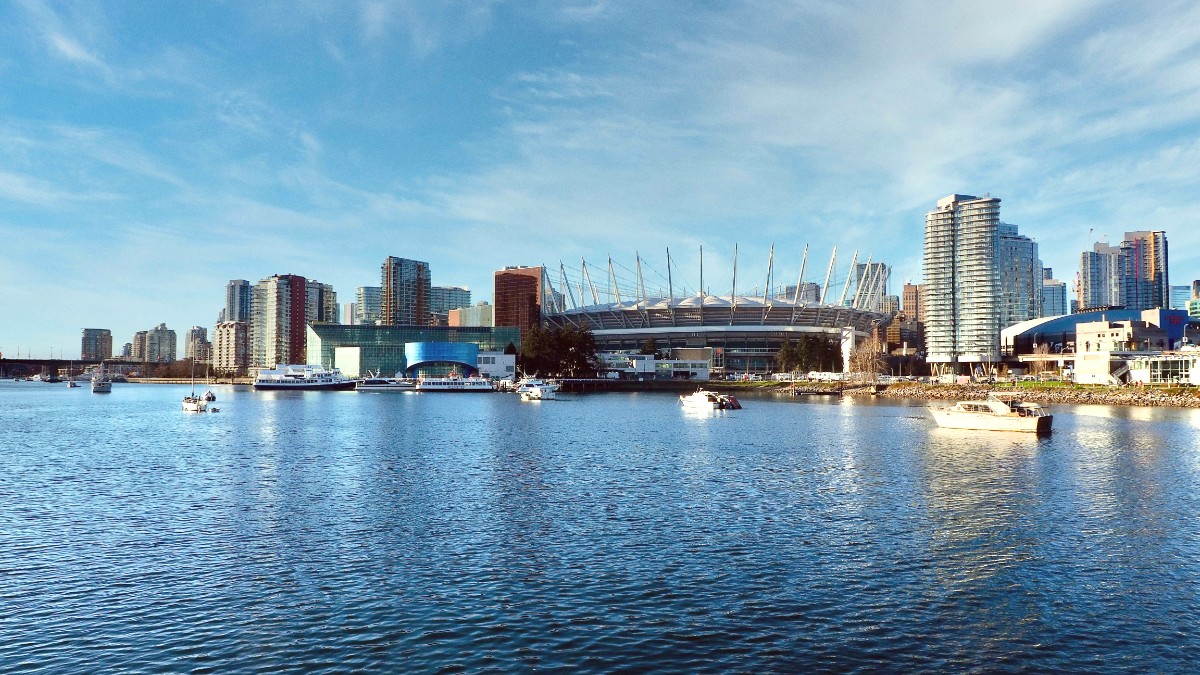
British Columbia, Canada
The island's culinary identity is a delicious fusion of British colonial heritage and Asian immigration, resulting in a distinct "Pacific Northwest" style.
This style prioritizes fresh, local ingredients, celebrating the region's abundant seafood, farm produce, and artisanal products.
Diverse fine dining, farm-to-table focus, British pubs, robust coffee culture, and visible Asian culinary influences.
Hyper-local seafood, casual surf-inspired eateries, and food trucks.
Cowichan Valley is wine country with artisanal foods. Northern Island offers simpler, heartier fare, reflecting logging and fishing heritage.
A true island delicacy, prepared grilled, smoked, baked, or pan-seared, often with local vegetables. Find it widely at seafood restaurants.
Widely available at seafood restaurants across the island.
Harvested from local waters, served raw on the half shell, steamed, or baked. Seafood restaurants and oyster bars are the best places.
Best at seafood restaurants and oyster bars.
A casual, satisfying dish, frequently made with local halibut or cod, battered and fried.
Find it at waterfront kiosks, casual eateries, and pubs.
A no-bake dessert bar with a crumb base, custard-flavored filling, and chocolate ganache topping. Find it in bakeries everywhere.
Various maple candies, cookies, and syrups are popular Canadian souvenirs and snacks across the island.
Victoria: Aura Waterfront, The Courtney Room, 10 Acres, Agrius. Tofino: The Pointe Restaurant, Wolf in the Fog.
Abundant options in major towns. Includes Italian, Asian, casual Canadian, and numerous pubs serving hearty meals.
Casual cafes, diners for breakfast/lunch. Victoria's Chinatown for authentic, budget-friendly Asian food. Quick-service spots are common.
Indoor market with food vendors, local produce, artisanal goods, and prepared foods.
Great for casual meals or picnic supplies.
Moss Street (Victoria) is a seasonal outdoor market. Many towns host smaller farmers' markets for fresh, local goods.
Directly purchase from local producers.
Japanese, Chinese, Indian, and more.
Italian, French, and British fare.
Mexican and other dishes.
Diverse and flavorful options.
Dedicated Halal or Kosher restaurants are limited. Some grocery stores may stock certified products.
Verify with establishments in advance or plan for self-catering.
The island has a thriving farm-to-table movement, making it easy to find fresh, organic produce.
Look for local farmers' markets for direct farm purchases.
U-pick berry farms in summer for fresh strawberries, blueberries, and raspberries.
Some remote lodges and tour operators present gourmet meals in stunning natural settings.
In Victoria, culinary tours focus on local ingredients, food history, or specific neighborhoods like Chinatown.
Many farms offer farm-gate sales for fresh produce. U-pick berry opportunities in summer.
Numerous farmers' markets operate seasonally. Look for special events like Feast of Fields, shellfish, or wine festivals.
In season, enjoy an abundance of fresh, locally grown strawberries, blueberries, and raspberries.
Available at farm stands and markets.
In the fall, observe the salmon runs and try freshly caught salmon from local fishmongers.
A significant part of the island's natural cycle and cuisine.
Each area of Vancouver Island offers an unique flavor profile, from Victoria's fine dining to Tofino's seafood shacks.
Seek out farm-to-table restaurants, farmers' markets, and artisan producers for the freshest tastes.
Fresh Pacific seafood is a cornerstone of the island's cuisine and a must-try for any visitor.
Always communicate dietary needs clearly. Reservations are a good idea for popular spots.